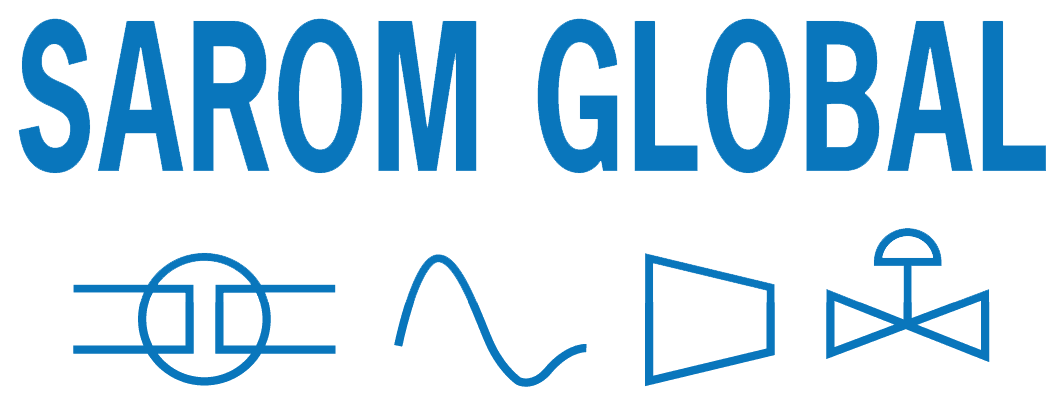
Factory Acceptance Testing (FAT) is a process that takes place after design and manufacturing to ensure that the equipment meets design criteria and functions properly. Customers may choose to do a functional test (FAT) to confirm that all components and controls are working properly. Factory testing provides various advantages, the most important of which is the ability to uncover flaws before the equipment leaves the factory.
Testing allows your team to spot flaws and learn how to fix them from the fabrication team. FAT is an important chance that should not be passed up. If FAT is skipped and flaws are discovered after the equipment has been shipped and installed, it might result in costly shutdowns. Because detecting and resolving problems before equipment leaves the manufacturer is intelligent and much more efficient than discovering them after installation in some situations, locating and addressing them before it leaves the manufacturer is wise and considerably more efficient.
Advantages of Factory Acceptance Testing
- Check if the tie-in connection points are where they should be.
- Checks the accessibility for operation and maintenance.
- Examine the electrical connections.
- Check the documentation for the equipment.
- Check the equipment against plans and specifications linked to the project.
- Get hands-on experience.
- Factory Acceptance testing consultants meet the design, engineering, and fabrication teams.
Basics of Factory Acceptance Testing
Given the importance of factory acceptance testing, selecting the right manufacturer and factory acceptance testing consultant is a crucial initial step in the design/build process.
Connecting the skid to utilities for perform functional activities, comparing assembly to as build drawings, and verifying construction to applicable standards or other customer criteria are all part of the FAT execution process.
The testing of various critical components and functions is included in a basic FAT checklist. Since testing is usually adapted to the needs of the customer, the following things are usually common and not required on most checklists.
- Connections, to ensure that they meet type, size, and location requirements.
- Installation and placement of the control panel.
- Type, size, and location of drain connections.
- Dimensions in total.
- Workmanship
- Verification of welding and weld documentation.
- Construction equipment and materials of major importance.
- Supplier paperwork, datasheets, drawings, and certifications are all examples of documentation.
- Verification of the report and pressure testing.
- Valve construction materials and locations.
- Verify that the material type and finish correspond to the line classifications.
- Examine the Quality Assurance paperwork.
Who Are Involved in Factory Acceptance Testing (FAT)?
FAT is encouraged by manufacturers who offer it to the factory acceptance testing experts to execute the process. Proficient factory acceptance testing consultants like SAROM GLOBAL, who are most familiar with skid specs and processing, are hired for the testing to guarantee that critical performance requirements are met.
Having two or more people involved in the examination increases productivity since one person can analyse documents while the other inspects and tests the equipment. Additional testing personnel can provide cross-functional perspectives on compliance, electrical, piping, welding, maintenance, pumps, valves, component accessibility, and other operational difficulties, depending on the complexity of the system.
For example, obtaining input for the test plan from machine operators, quality control, and maintenance personnel. In addition, the process engineers provide you with a broader view of the testing you require.
Fabrication facilities’ FAT areas contain resources for connecting skids to utilities such as water, steam, compressed air, and power. Project managers, as well as shop, engineering, and design experts, may be provided by centres as needed to assist clients with the testing process.
FAT allows operators to functionally test a piece of equipment before it leaves the shop, allowing everyone to ask questions and suggest changes.
Based on specific requirements and unique equipment specifications, testing can cover a number of inspection points. Electrical power, clean steam, hot and cold water, clean air, and other utilities are common FAT regions at the fabrication facility for testing skid systems, clean-in-place (CIP) systems, and special fabrications.
To guarantee that the equipment meets the standards, a comprehensive inspection can include a variety of conformity checks and verification.
-
Contract audit:
A thorough examination of the original agreement to confirm that all contractual requirements have been met.
-
Water testing
It simulates system operation, confirms manufacture against datasheets, user manuals, and other relevant documents, and offers evidence of functionality.
-
P&ID (piping and instrumentation diagram) Auditing:
This ensures that all lines and components are present and installed according to the P&ID.
-
Inspection:
Verifying that all components are new, properly attached to the skid, and manufactured to specifications.
Testing might be simple, such as checking primary components, or it can be more involved, such as inspecting and testing subassemblies. However, hiring a factory acceptance testing expert with sound knowledge of the processing requirements, specs, and tolerances ensures a quick and cost-effective trip to the manufacturing facility. While most manufacturers will have staff on hand to assist with testing and answer questions, you should have your own experts on hand to execute the tests and double-check the most important requirements.
Related Blog: Difference between FAT and SAT Testing
Contact us
SAROM GLOBAL
info@saromglobal.com
